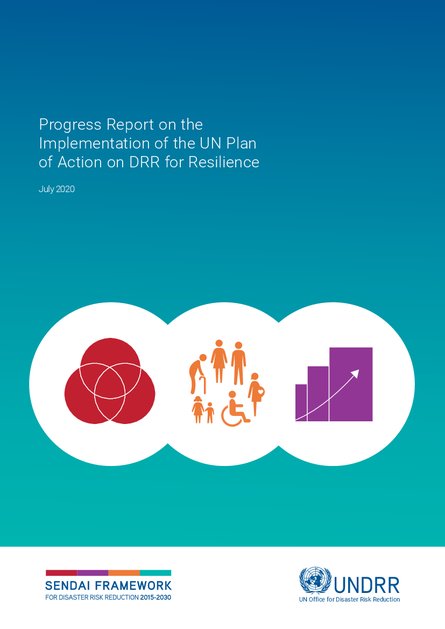
Disaster risk does not appear overnight - it accumulates in systems, institutions and communities due to lack of knowledge on hazards and risk, increasing exposure as a result of risk-blind decision-making, investment and construction, and vulnerabilities entrenched by structural inequality and discrimination. The vulnerabilities of the social, economic and environmental systems driving development continue to entrench and expand over time until a crisis erupts due to a shock or accumulated stress, which overwhelms capacities and the effects ripple through the system.
As societies struggle to manage risks and recover from the impacts of the COVID-19 pandemic as well as concurrent disasters including desert locust swarming, heat waves and tropical storms among others, disaster risk reduction (DRR) provides a potent entry point for re-focusing attention on the need to reduce existing risks, build back better and equip states and communities with the tools they need to prevent the creation of new risks.
The UN system has long partnered with countries to reduce risks and implement the global frameworks on DRR. The UN Plan of Action on Disaster Risk Reduction for Resilience: Towards a Risk-informed and Integrated Approach to Sustainable Development (hereafter referred to as UN Plan of Action) presents the three commitments of the UN System to support countries in implementing the Sendai Framework for Disaster Risk Reduction and promote risk-informed development.
To monitor the implementation of the UN Plan of Action and help identify areas of strategic action, UN Funds, Programmes, Specialized Agencies and other entities (hereafter UN Partners) are requested to annually report their activities against the UN Plan of Action Results Framework. The present report presents the progress made by UN Partners related to each indicator in the Results Frameworks, and reflects on the collective achievements, opportunities and limitations.